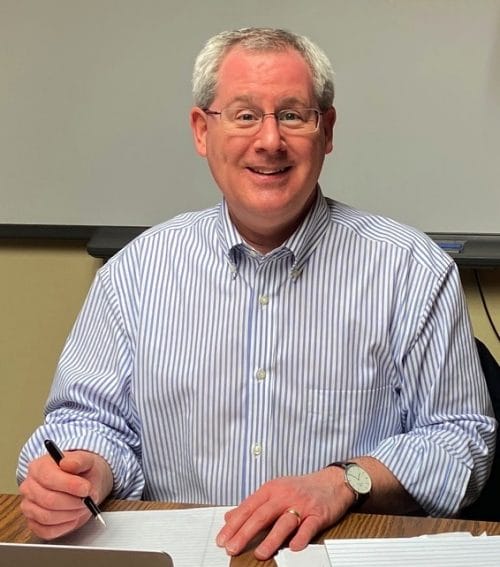At a Woodstock Planning and Zoning Commission meeting, there was discussion about open space that had been set-aside when a residential neighborhood was built and plans for it to be transferred to the town for the public to enjoy. This ~39 acres wraps around the back of the housing lots and contains a walking trail and recreational fields. Even during the winter, people use the trail, as evidence by a picture a friend of mine posted on Facebook. Why am I writing an article about it? Because it illustrates the ever-present balance between the development and preservation of land, and the opportunities that sometimes exist to have a parcel of land serve more than one valuable function.
Here are some examples:
- Greenways (areas for walking, hiking, pedestrian or other recreational uses)
- Blueways (streams, rivers and lakes used for trails, camping, fishing, etc…)
- Bikeways (dedicated street lanes or paths used for bicycling)
- Waterways (rivers, lakes and ocean areas used for boating)
- Horse ways (I think this one is self-explananatory)
- Pedestrian ways (walking areas for people, without any motor vehicles)
These types of “ways” are not developed in the traditional sense with houses or buildings, but rather are kept native or are improved (with trails, paths, recreational fields, camping structures, etc…) or a combination of both.
Often times, a community or a region of towns plans out areas of land on a priority list for preservation. Some of this land is designated for recreational use to be enjoyed by the public. Large such areas of land lend themselves to this approach and can also have parts of it left untouched (ie – conserved) for natural wildlife and habitats. State and national parks come to mind. Municipalities do the same on a smaller scale. Some times different sized parcels of land can be connected with each other to create a network. Even land areas of different uses can be connected with each other, such as walking trails or bike paths connecting with lakeshore camping areas, river waterways, recreational facilities or even to commercial/shopping districts or downtown areas.
Urban, suburban and rural “ways” must be integrated into the framework of a community. If one were starting a town from scratch before building anything, then protected areas could be easily set aside. However, our towns are not new – they already have houses, buildings, streets and infrastructure on the ground. This does not mean that these necessary things in our daily lives prevent greenways, blueways, pedestrian ways and other “ways”. Rather, these “ways” are added to our towns to enhance them. Many towns do this.
In the example I highlighted in the opening paragraph, a greenbelt of open space and forested land was kept undeveloped surrounding a residential neighborhood. This land merged seamlessly with the backyards of the houses. It added value to the neighborhood and to the individual houses (a good goal). It buffered the houses from development of nearby properties and vice-versa (a worthy goal). More than that, some of this undeveloped land added functional ability in the form of “natural” recreational opportunities not just for the people who live in the neighborhood, but also for the general public (a commendable goal).
This is not to say that purely private ownership of such “ways” is a bad thing. Most land is of private ownership. Individual property owners or a group of homeowners do get enjoyment and practical use of their land. As a landowner, I understand this: I use the developed land on which my house sits and I use the open space lot I own next to it for agricultural purposes. Such private use of the land can be encouraged through a town’s zoning and subdivision regulations. The state encourages it through its PA-490 program. In a similar manner, so too can private-public cooperation and coordination opportunities be realized for the public benefit.
What many towns do is to look at how land parcels fit into the bigger picture of the towns themselves. What parts of a particular land tract are worth preserving, such as for a greenway, open space or forest? What parts may adjoin other open spaces, greenways or other “ways”? What different parts of the town can be designated as priority-protected areas? Maps of such are generated and utilized.
Not every parcel of land is amenable to this approach and thus may best be used practically for only one purpose at a time. But, some land parcels can become multifunctional, serving different needs concurrently. Even urban centers in our cities have been transformed by adding in parks, greenways and pedestrian ways to new construction. It starts with looking proactively at the features and details of individual proposals for land development in the context of the entirety of the whole community. It takes into account the “pros” and the “cons of different land uses, be they private, public or both. It is just one of the many interesting and exciting things a planning and zoning commission does.

